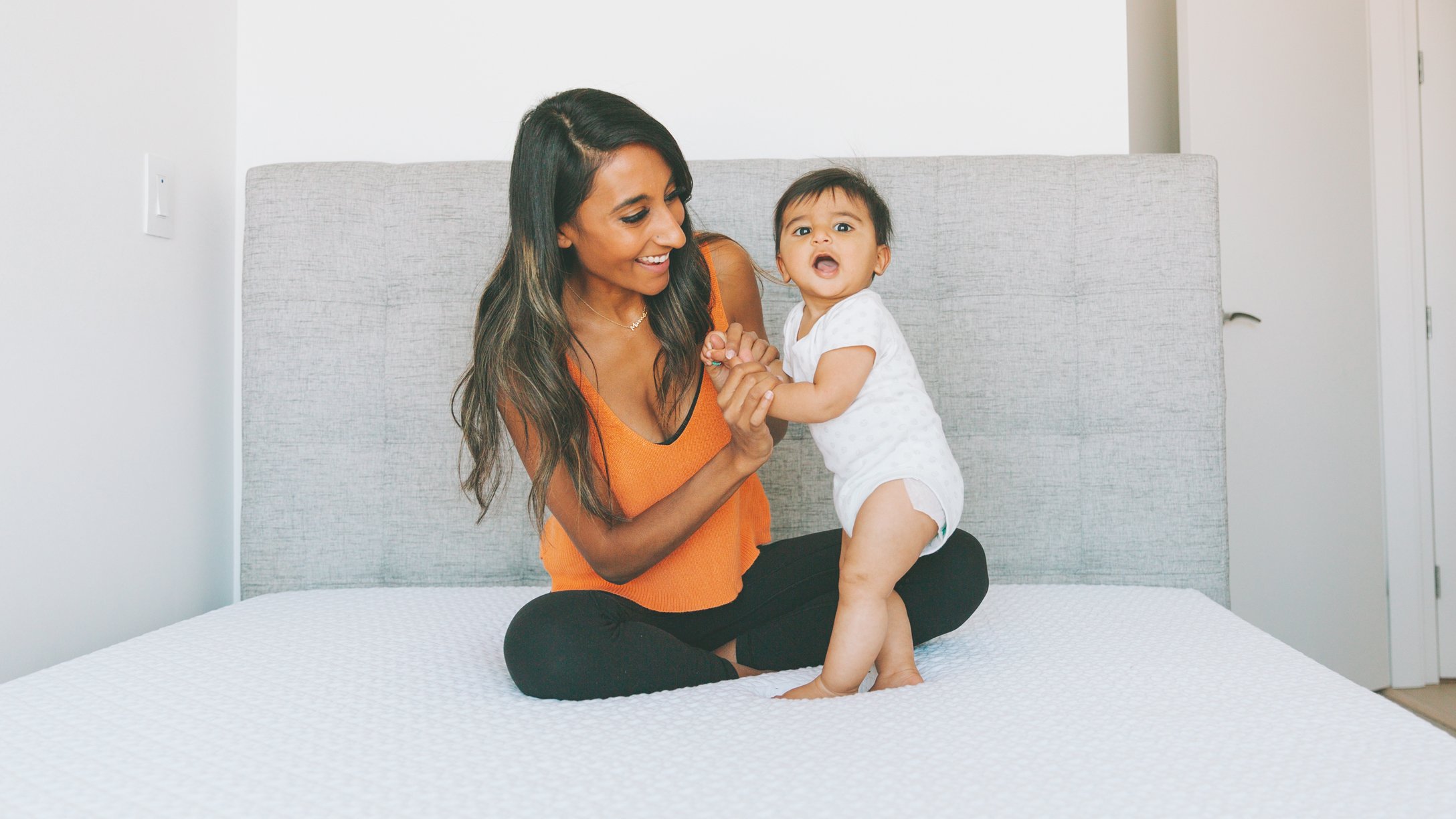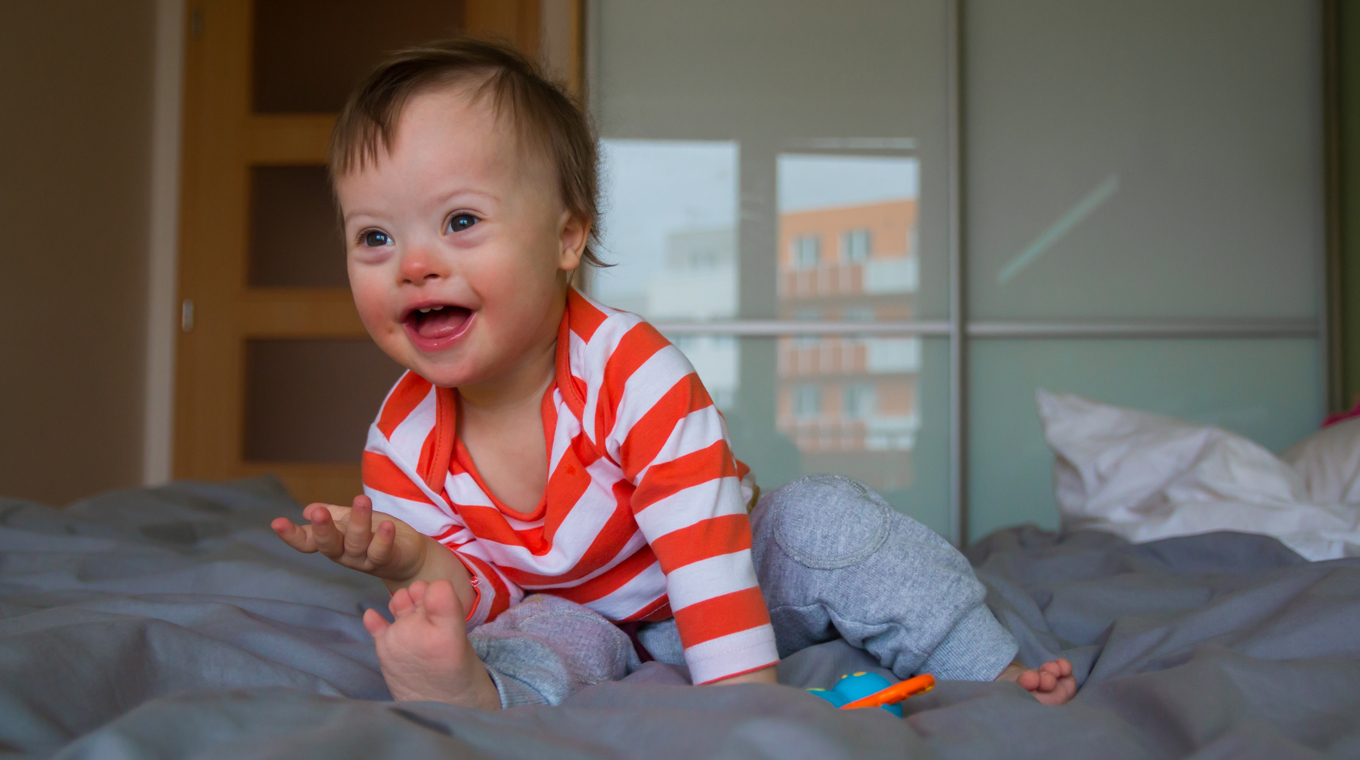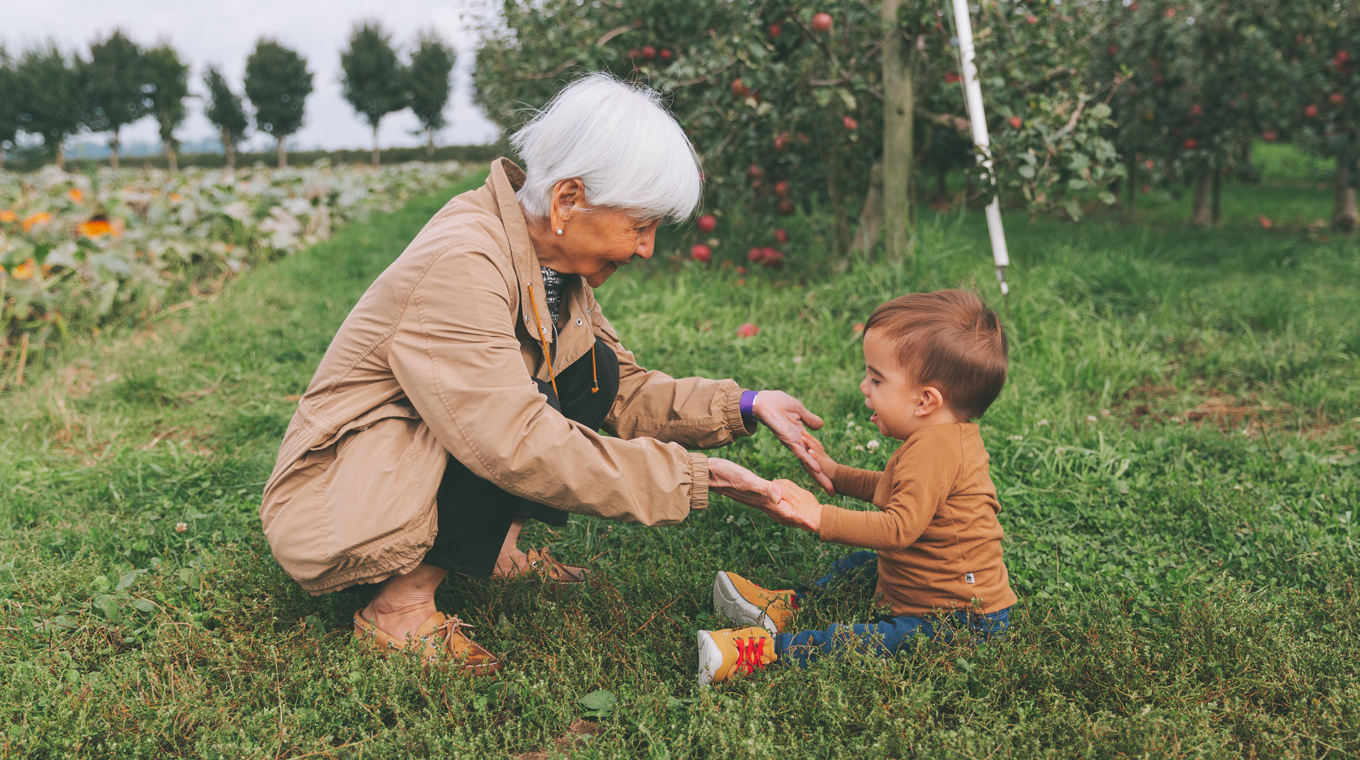
In this article
Playing with a baby who is new in the world is also teaching a baby. It is their first introduction to the world. You are introducing them to everything. Play is so much more than just play and so much simpler than we make it out to be.
Why playtime is important for babies

Play is imperative to children because not only are you introducing them to the world, you are showing them how to interact with that world. You are teaching them everything. You are helping them become who they will someday be. These small, fleeting moments of growth are what prepare our little ones for all of those upcoming milestones.
So, have fun with your sweet little ones and enjoy every moment of it. Embrace the yes. There will be plenty of time for rules and regulations.
The best ways to play with your baby

Twenty20
You can touch this
Children learn by exploration play. My girls used to love laying on their back and looking in the mirror while grabbing at everything that dangled overhead. It teaches them hand-eye coordination. Most of the play mats have multiple toys that dangle, many different shapes, sizes, and weights. Encourage them to get to know the world. Pay attention, this is how you figure out what play they like and what doesn’t interest them before they can tell you.
Babies can’t tell you what they like or don’t like. They can cry but whether you decipher their cries correctly or not is completely on you.
Hetty van de Rijt, author, said there is an easy way to find out what your baby likes to play. “Explore the house with them. Give them the opportunity to see, hear, smell and touch whatever they find interesting. Explain the items you come across while exploring,” she wrote in The Wonder Weeks.
Tummy time
Put your baby on their stomach for a little bit every day. Babies’ muscles are weak and being on their tummy is how they strengthen all of their muscles. They will strengthen their neck and eventually this will lead to the ability to roll over, get up on their elbows, and eventually crawl. If you put toys in front of the baby on the mat, this will encourage your baby to try to get them. It’s a great incentive to progress in their motor skills.
Work it out
Similar to how you warm up before working out, baby needs to improve his flexibility before he begins to crawl and walk. Usually between the ages of 3 and 6 months, it’s a good idea to start stretching your baby’s legs out. Put him on his back, hold his ankles, and bend his knees, and then stretch them out towards you in a way that mimics the motion of riding a bicycle. This simple stretch will help with flexibility while making him aware of his own body. As your baby gets older and stronger, he will start doing the motion on his own.
A whole new world
Once your baby can sit upright, start introducing her to the world. Hand her different sizes, shapes, and things so she can develop strong muscles in her whole body. This exercise in familiarization is invaluable when it comes to learning to talk and placing names to object.
“The best advice I can give about playing with your baby is to make it fun,” mom Bertha Tuskan told Mom.com. “Babies are sponges and it’s important to teach them as much as possible starting while they’re babies. Every walk, stroller ride, or car ride point out what everything is. The color, it’s shape. If it’s big or small.
“My son loved playing because we made it fun and went on adventures as he learned of all the beautiful wonders of the world. Trees, clouds, the sun, the moon the stars, planes cars, buildings. This is the way we played when he was a baby. We laughed, we learned, we played, and loved every minute of it!”
Higher and higher
Just like you placed toys out of reach on the play mat to encourage your little guy to crawl, by placing beloved toys out of reach on the sofa or a chair, you are encouraging your baby to pull themselves up and stand. Just make sure that anything they may pull themselves up onto is anchored and sturdy.
Building blocks
As you build with your baby, not only are you refining their fine motor skills you are chatting with them and explaining the process, giving praise, and communicating. All of this will give set your baby up for better language skills.







